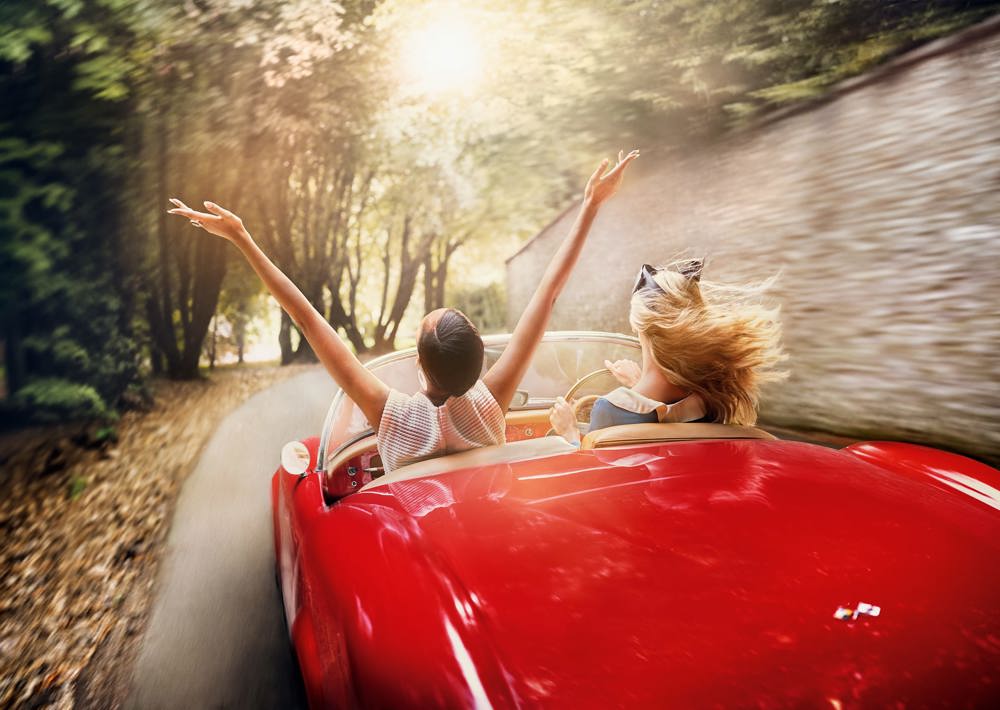Crazy MotoGP season shows rider is more important than bike
MotoGP is going through the most extraordinary of seasons. The reasons are mostly perfectly obvious. A smaller number of races compressed into a shorter time-frame, no less than four of them being repeated the following weekend at the same circuit … it’s bound to take things out of the ordinary.

The other major influence is the unexpected absence of the dominant force. Marc Marquez, unquestionably the towering talent of his generation, broke his right humerus in a first-race crash, and thanks to the difficult nature of this injury has been absent ever since.
Whereas for the past six years, almost without exception, the others have been riding to see who would come second, the races are now there to be won.
In any field of endeavour, from politics to… well, to motorcycle racing, this will lead to a power struggle. So it has, with most surprising results.
Instead of Ducati’s Andrea Dovizioso, Honda-mounted Marc’s understudy for the past three years, taking the lead, the second-most experienced rider (behind only Rossi) has been submerged in a series of brawls with repeatedly unpredictable outcomes.
A gang of feisty youths squabbling over the vacant role of Alpha Male.
A series of 11 races so far has yielded eight different winners.
Only Fabio Quartararo and Franco Morbidelli (both Yamaha B-team riders) have more than one victory, with three and two respectively.
One-time winners range from experience runners like Dovizioso and Maverick Viñales (Yamaha) through the mid-range of established undergraduates Danilo Petrucci (Ducati) and Alex Rins (Suzuki) to first-timers, the KTM pair Miguel Oliveira and class rookie Brad Binder.
As remarkably, the leader of the championship, in the short break before the final triple-header, has yet to win a race. He is clear coming-man Joan Mir, in his second year on the ever-improving Suzuki, demonstrating the value of consistent podium finishes.

Should the personable and articulate 23-year-old from Mallorca, a former dominant Moto3 champion, continue in the same way to the premier-class crown, he would be only the second champion in more than 70 years of multiclass history to be champion without a race win in that year. The first was Emilio Alzamora, 125 champion of 1999, and now the Svengali behind Marc Marquez and several other Spanish luminaries.
Astonishing also the variety of winning machines. Five races to Yamaha, in spite of being generally perceived as less than fully competitive (especially by factory riders Rossi and Vinales); two each to Ducati, KTM and Suzuki. And zero to Honda, the marque that has dominated the results for the past seven years.
Just to add to that inconsistency is the curious effect of running back-to-back races on consecutive weekends at the same tracks. You would expect similar results. Bikes that meshed well with the character of a circuit one weekend should surely do so seven days later. The opposite has been true as often than not. Only at the first double, at Jerez, did Quartararo and Yamaha win both races. Next time in Austria Dovi came first one week and sixth the next; at Misano first-time winner Morbidelli was a poor ninth next time out.
Some explanation comes from the closeness of the racing – the result of a couple of decades of standardisation and cost-saving technical restrictions. The first of two races at Aragon had the top ten past the flag in 9.6 seconds, the second-closest in premier-class history.

There is another clear conclusion – and it is not a surprise, for it is exactly what Rossi set out to prove when he switched from dominant Honda to underdog Yamaha in 2004.
It is that on two wheels, the rider makes more difference than the motorcycle.
There are some obvious reasons, not least the athleticism that distinguishes two-wheeled GP racing from four-wheeled. A rider weighs around half as much as his bike (MotoGP minimum: 157kg, with oil and coolant); and he can move around a lot. He takes the combined centre of gravity with him, completely changing the overall geometry of the dynamic equation. This is itself already constantly skewed by the departure from the vertical in order to go round corners. The geometry of motorcycling is very complex.
Is there something more than that? Something metaphysical? Or should that be metatechnical? The symbiosis whereby a rider can make a machine capable of performing extraordinary feats, and vice versa. It took Covid-19 to throw this into sharper focus.
There are three final quick-fire races in November – two at Valencia and a final round at the Algarve circuit at Portimao, a first visit to another highly regarded circuit.
At the time of writing, with a maximum of 75 points left, there are 14 riders with a mathematical though only notional chance of taking the crown (Johann Zarco, lying 14th, would need for the 13 ahead of him not to finish another race). But the top for – Mir, Quartararo, Vinales and Morbidelli – are spanned by just 25 points. Even Dovizioso and Rins, 28 and 32 points adrift respectively, are not completely out of it.
What surprises may be left in store?
Images courtesy of Motorsport Images.
MotoGP
Andrea Dovizioso
Fabio Quartararo
Joan Mir
Alex Rins
Marc Marquez





